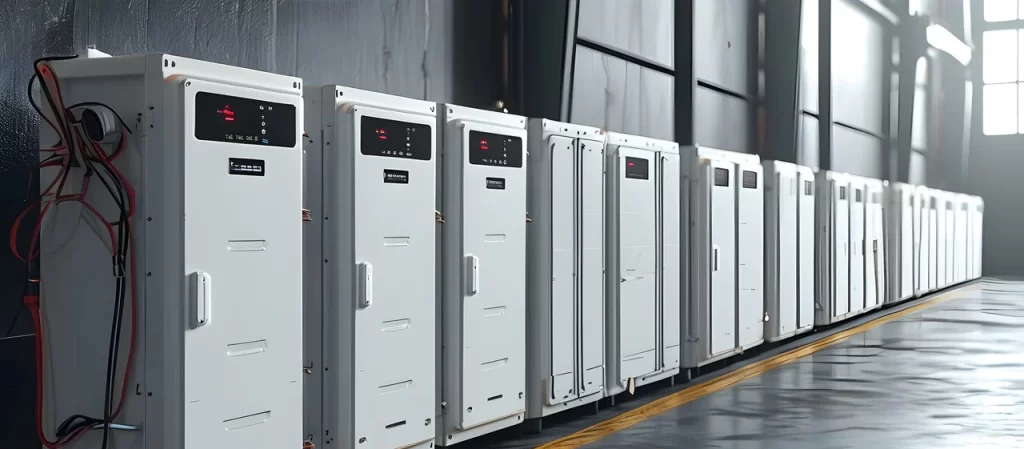The Role of Technology in Optimizing Energy Efficiency
Technology plays a pivotal role in enhancing energy efficiency across various sectors. By leveraging advanced tools and methods, businesses can maximize their energy management practices and achieve significant operational improvements. This article explores how technology contributes to optimizing energy efficiency.
1. Advanced Energy Management Systems
Energy management systems (EMS) have become essential tools for optimizing energy use. Modern EMS offer real-time data, advanced analytics, and automated controls to enhance energy efficiency.
- Real-Time Monitoring: Track energy consumption and performance metrics in real-time to identify inefficiencies and opportunities for improvement.
Predictive Analytics: Use predictive analytics to forecast energy needs and optimize resource allocation.
Automated Controls: Implement automated controls to adjust energy use based on real-time data and predefined settings.
2. Smart Grids and Metering
Smart grids and advanced metering technologies play a crucial role in optimizing energy distribution and consumption.
- Smart Meters: Provide accurate, real-time data on energy usage, helping to identify patterns and reduce waste.
- Grid Optimization: Enhance grid reliability and efficiency through dynamic load management and real-time monitoring.
- Demand Response: Use demand response programs to adjust energy usage during peak times and improve overall grid efficiency.
3. Energy-Efficient Technologies
Adopting energy-efficient technologies can significantly reduce energy consumption and operational costs.
- LED Lighting: Replace traditional lighting with LED lights to reduce energy consumption and extend lifespan.
- High-Efficiency HVAC Systems: Install high-efficiency HVAC systems to improve heating and cooling performance while reducing energy use.
- Energy-Efficient Appliances: Use energy-efficient appliances and equipment to lower energy consumption in commercial and residential settings.
4. Case Studies
Explore real-world examples of how technology has been successfully implemented to optimize energy efficiency.
- Corporate Headquarters: A corporate headquarters implemented a smart EMS and LED lighting, resulting in a 25% reduction in energy costs.
- Manufacturing Facility: A manufacturing facility adopted high-efficiency HVAC systems and predictive analytics, achieving a 30% improvement in energy efficiency.
5. Future Trends in Energy Efficiency Technology
Future advancements in energy efficiency technology include greater integration of AI, machine learning, and advanced data analytics.
- AI and Machine Learning: Utilize AI and machine learning for more accurate energy forecasting and optimization.
- IoT Integration: Integrate Internet of Things (IoT) devices for better energy monitoring and management.
- Energy Storage Solutions: Explore advanced energy storage solutions to balance supply and demand effectively.
Conclusion
Technology plays a vital role in optimizing energy efficiency and achieving operational excellence. By adopting advanced systems and innovative technologies, businesses can enhance their energy management practices, reduce costs, and contribute to a sustainable future.


